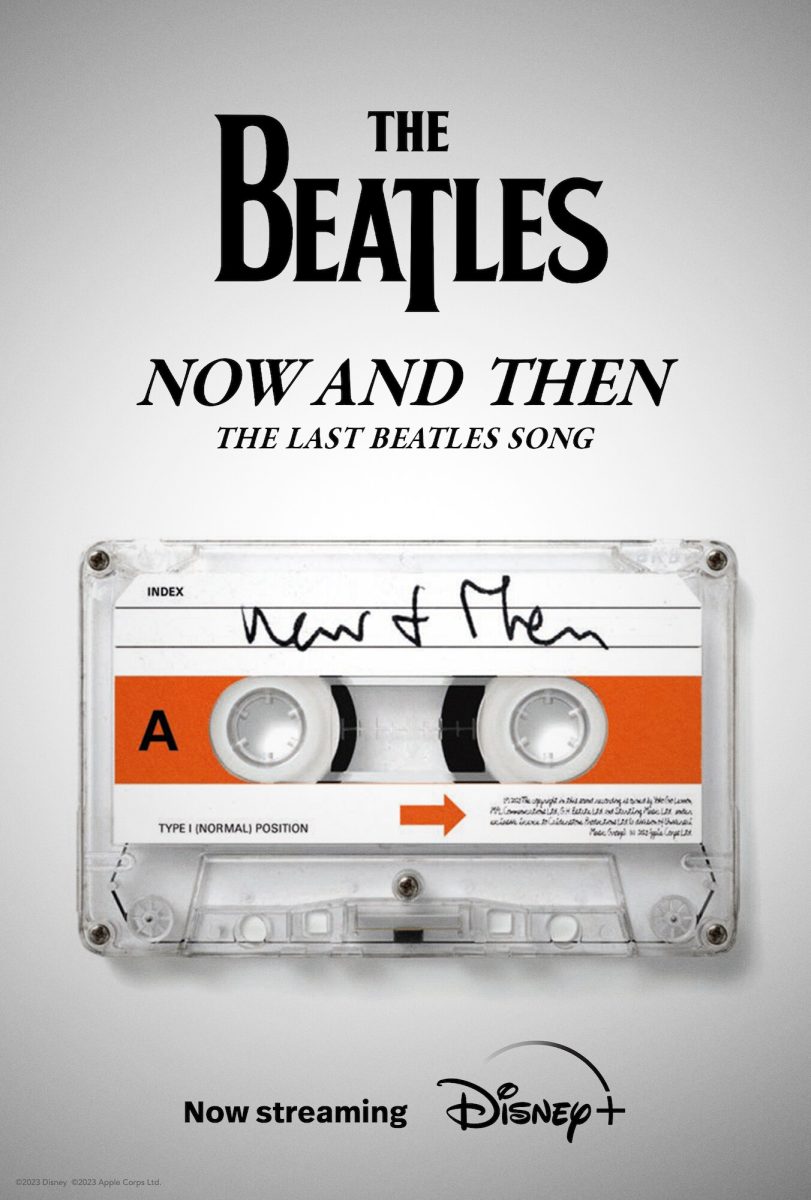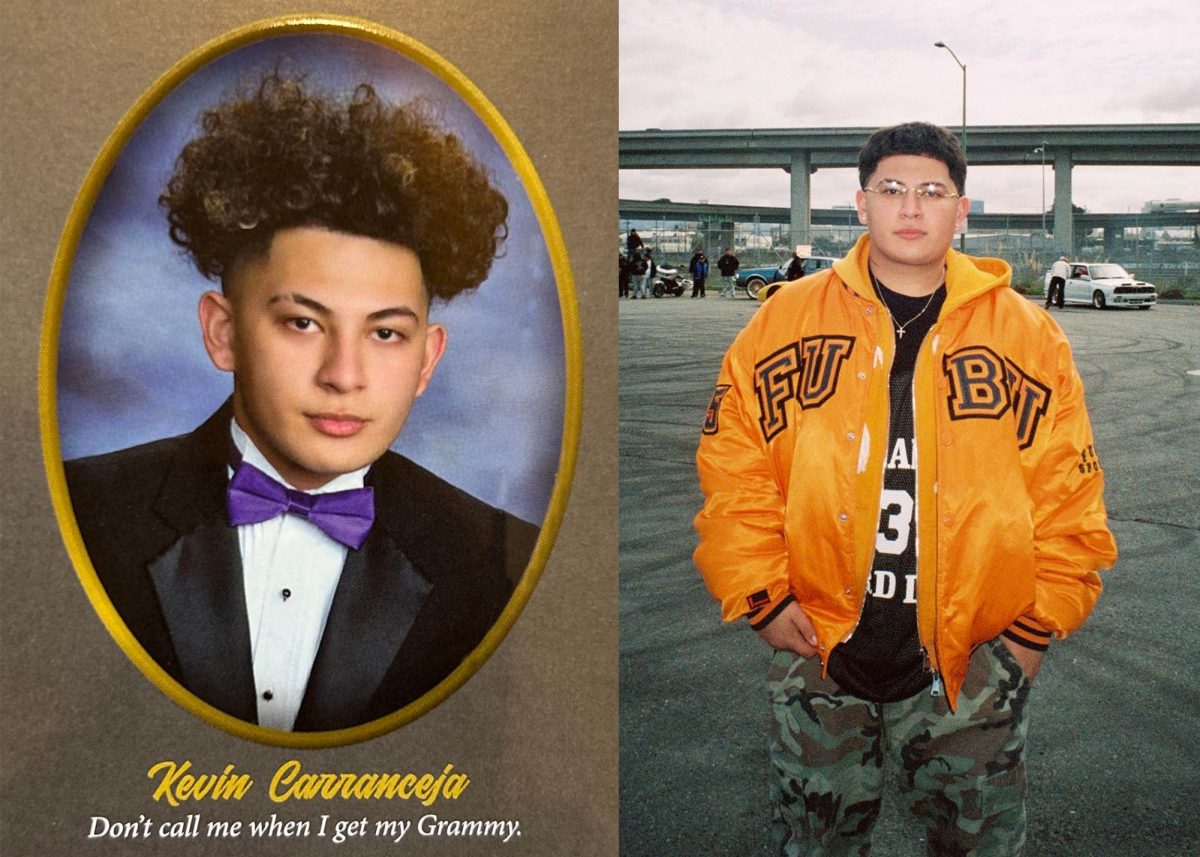After almost 50 years since their last song, The Beatles, combining their iconic sound with revolutionary modern technology, revived and released John Lennon’s unreleased song, “Now and Then.”
The Beatles, who consisted of John Lennon, Paul McCartney, George Harrison, and Ringo Starr, were single-handedly the most popular band in the ’60s. According to TheDailyBeast, the band’s charm and handsomeness when performing in public contributed to their popularity, though their unique sound and style are most likely the reason for their unsurmountable success.
AP Literature teacher Michael Vezzali-Pascual ’88 said “They were so influential in so many ways to rock and roll and a lot of genres we have now. […] They had a lot of magic and they spoke to a whole generation and all of us since then.”
After a decade of fame, The Beatles broke up in 1970 due to Lennon and his wife Yoko Ono’s interest in social justice. During this time, he also spent time taking care of his son Sean Ono Lennon. However, he still continued to make and record songs on a cassette tape.
On Dec. 8, 1980, John Lennon was leaving his apartment in New York when he was shot and killed.
According to the YouTube documentary “Now and Then,” Ono gave the cassette tapes with Lennon’s recorded songs to The Beatles. The three remaining Beatles reunited to record those songs in memory of Lennon. Although one track entitled “Now and Then” was almost impossible to revive due to the blending of the piano and Lennon’s vocals, many of the other tracks were recorded successfully.
During the recording of The Beatles’ movie “Get Back” in 2022, the producers were able to separate the audio and instruments in their recording session on Abbey Road. The audio had been separated and auto-filled by artificial intelligence (AI) to enhance the audio quality.
Vezzali stated, “It’s pretty amazing that the science fiction future is here.”
Seeing this revolutionary technology, McCartney asked the producers to employ the same techniques in John Lennon’s
“Now and Then.” The piano and vocals could then be clearly heard. McCartney and Ringo added their own bass and drum lines as well.
AP Computer Science Principles student Octavio Hoglund ’25 said, “It’s an interesting endeavor. While it’s possible to reconstruct them, I doubt it’s possible to provide the feeling that the original authors had.”
The experimental technology of AI helped to revive the iconic music of The Beatles after almost 50 years. Modern technology has evolved to perform the vocals of a man who died almost 40 years ago.
Hoglund added, “I’d like to describe our progression with AI as a S-curve. Currently, we are at the bottom of that curve, still discovering what’s possible…It’s clear we’re not close to the end.”







